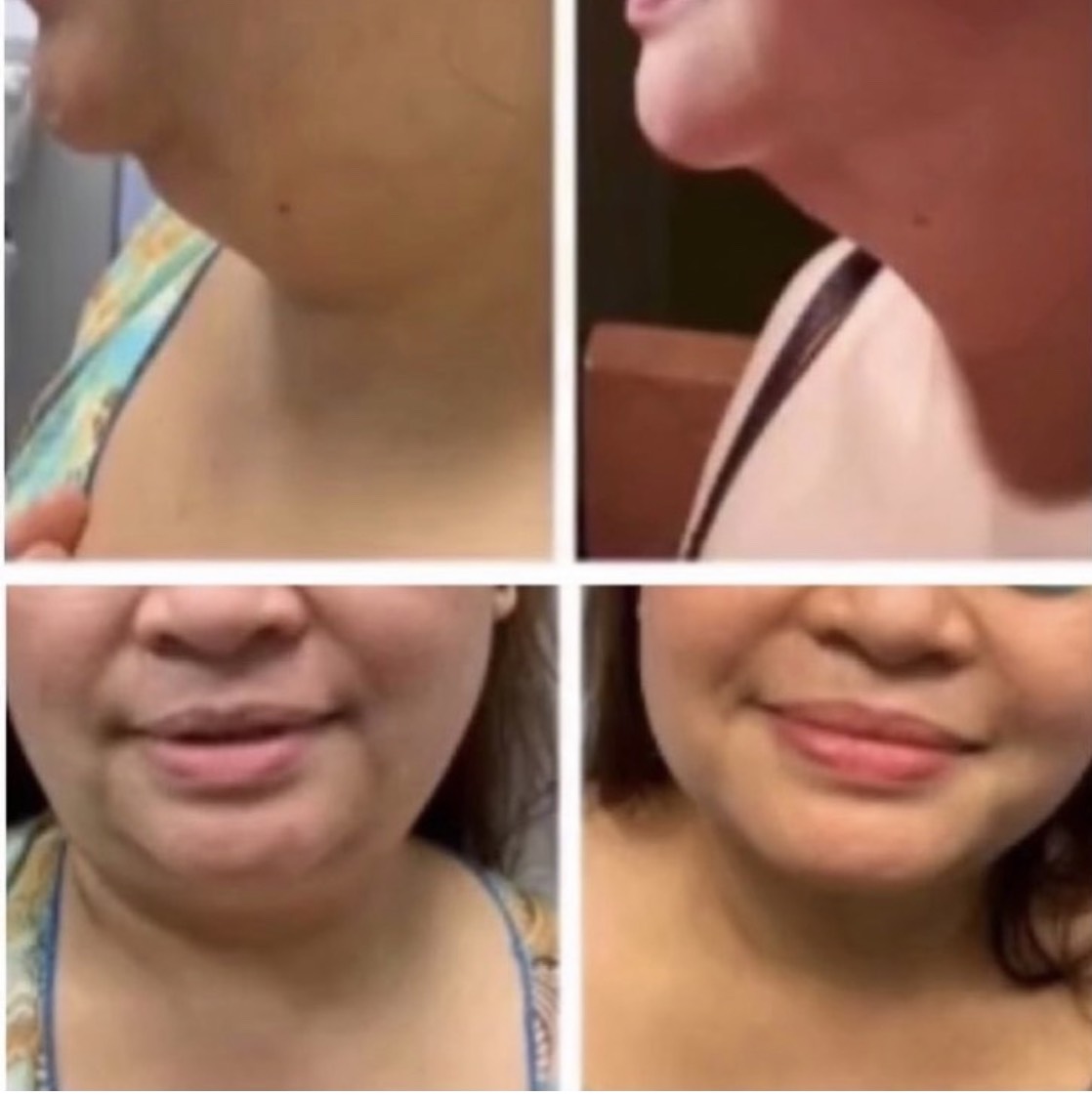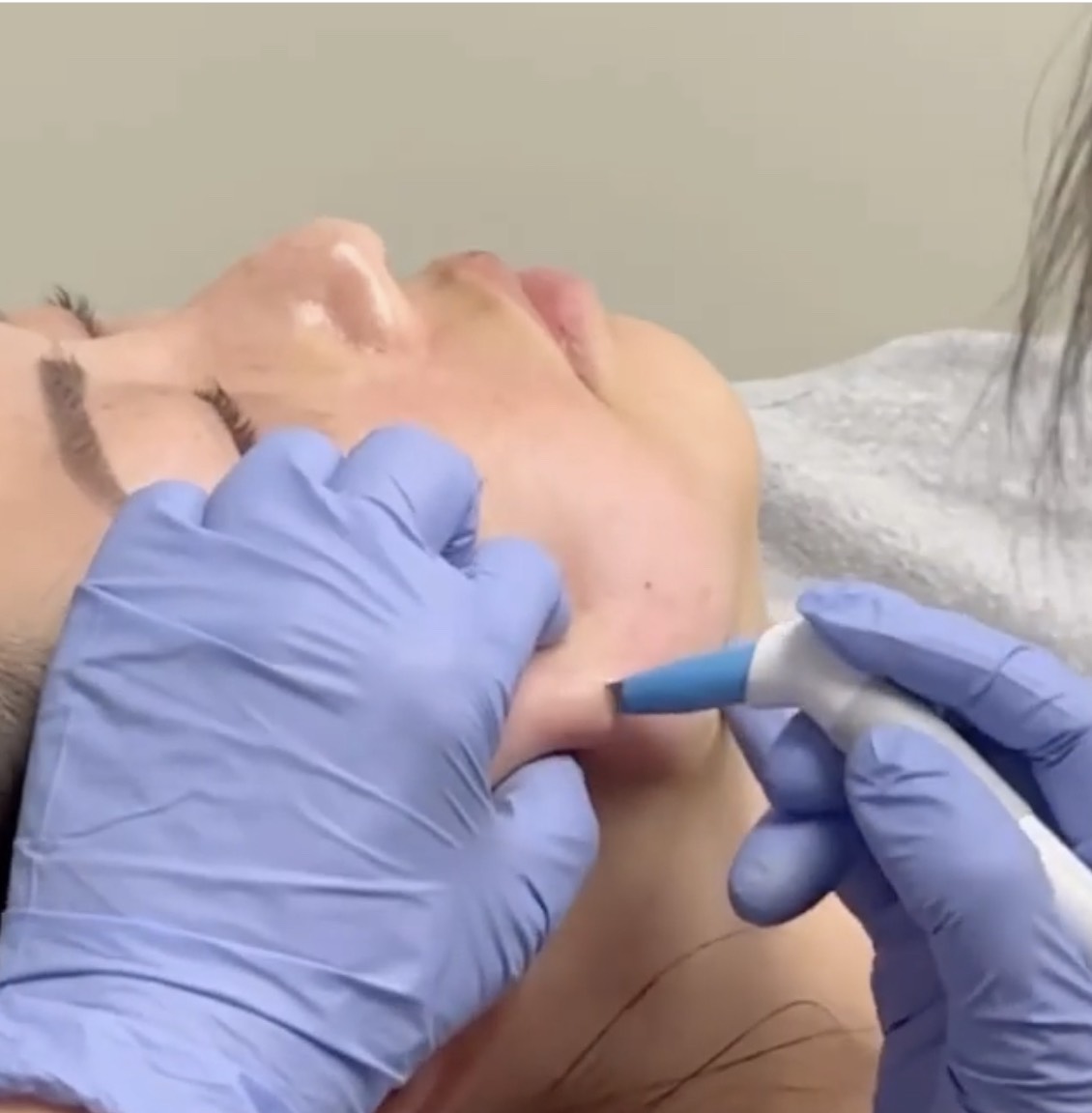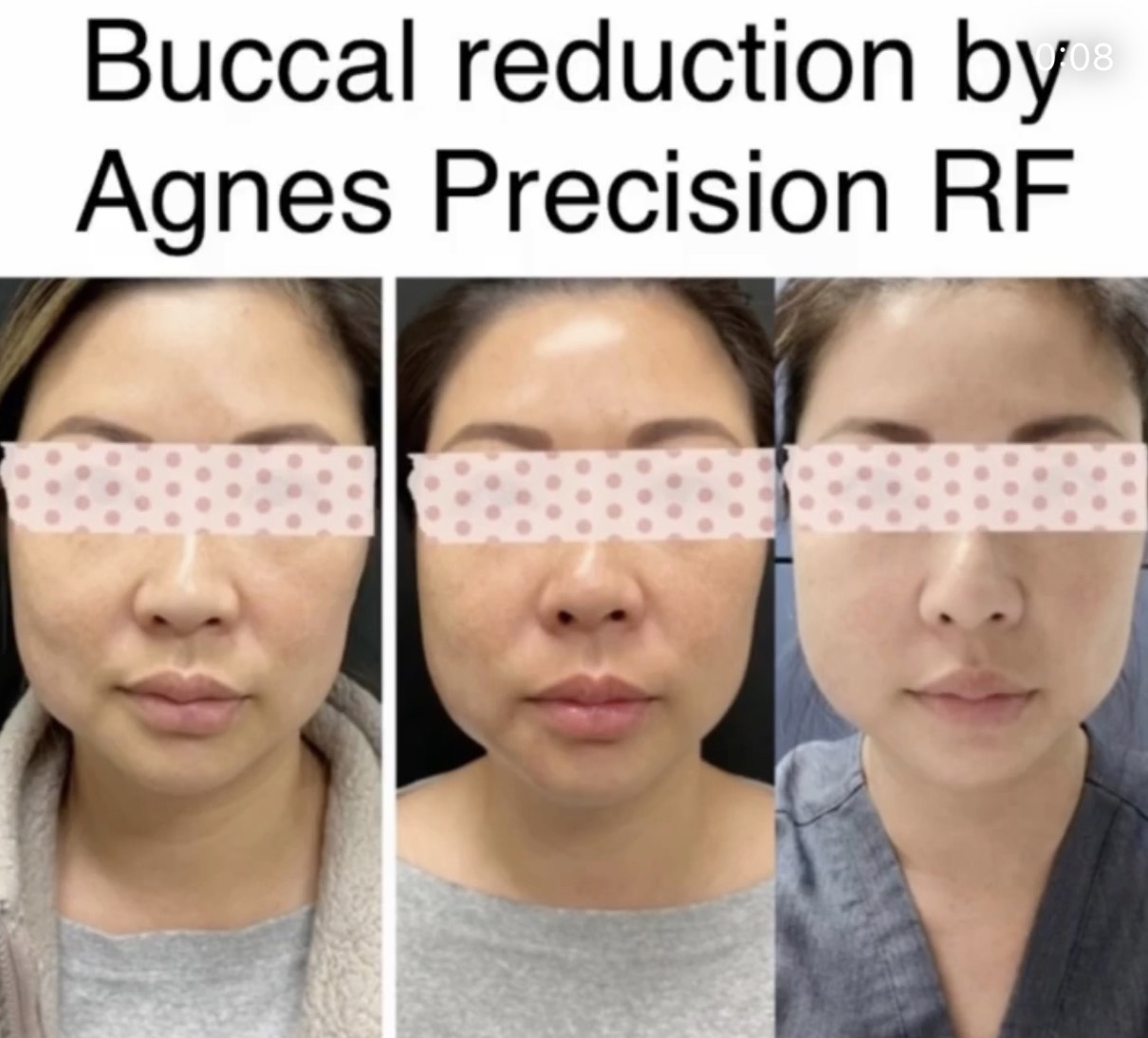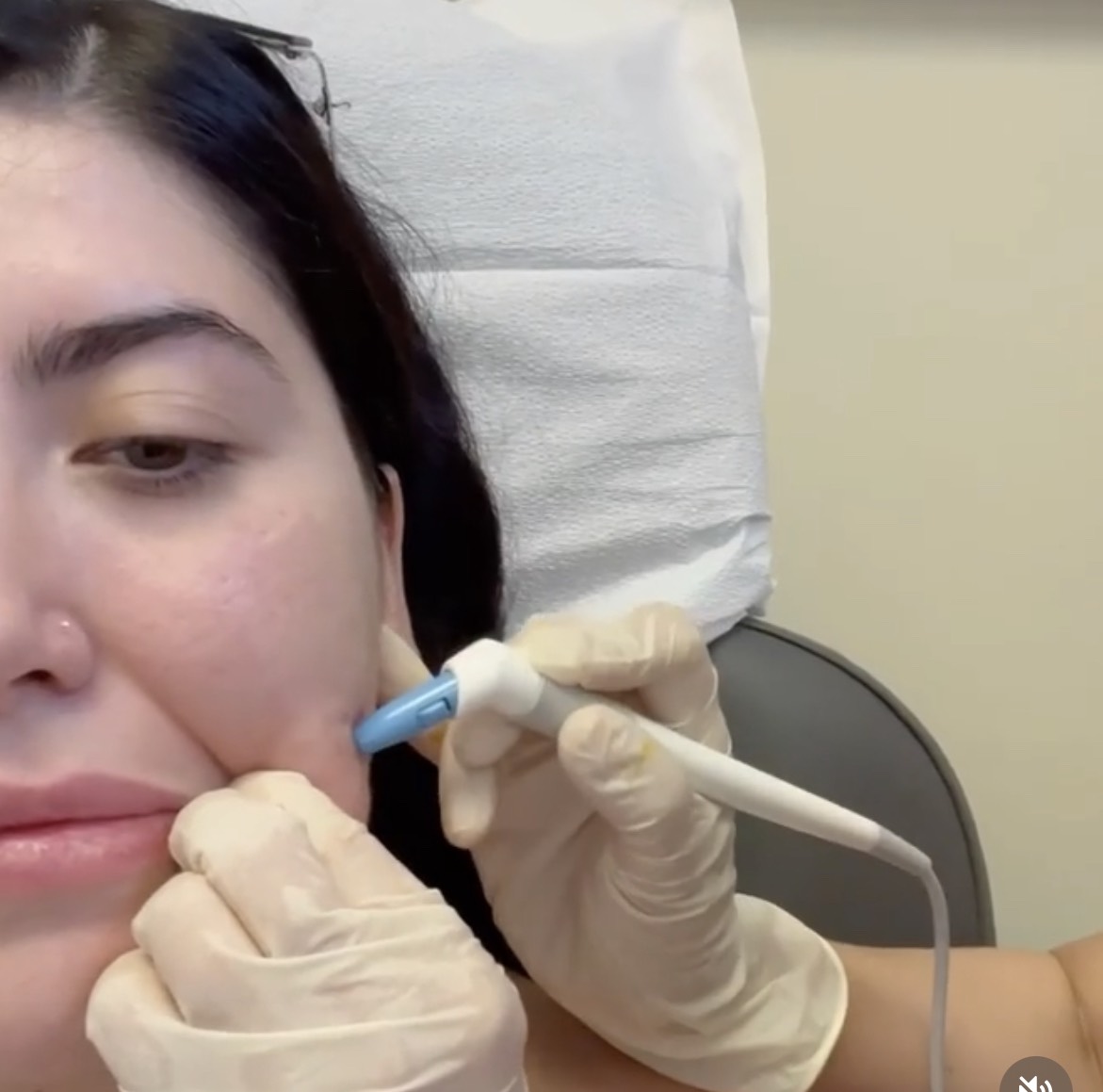Agnes is a cosmetic device developed by clinicians based on proven technologies and efficacy of Radiofrequency and Micro needling. Micro needling has been used for a long time to stimulate skin rejuvenation, sometimes in conjunction with skin rejuvenating factors such as epidermal growth factor or Platelet Rich Plasma. Micro needling provides conduit for the growth factors in the deeper layers of the skin and stimulates collagen production by starting a cascade of repair process.
Radiofrequency has been used for skin tightening such as Thermage, where there is no visual damage to the epidermal layer (outer layer) of the skin. Radiofrequency is based on electrical conductivity. According to the Agnes website the following can be known: An energy is developed that has a positive and negative pole and the heat generated is due to the resistance of the skin as the energy travels through it. The bulk heating generated can start collagen production, which improves the wrinkles and tightens the skin. The bulk heating can also destroy certain structures such as sebaceous glands, in which case it causes permanent acne destruction.
The combination of Micro needling and Radiofrequency allows the Radiofrequency energy to be delivered to specific sites, some of which could not be reached previously such as under eye bags, sebaceous glands, and other deeper skin layers.
Since the Agnes micro needle is coated or insulated at the base that comes into contact with the epidermis (outer skin layer), bulk heat is only applied to the deeper layer of the skin when applied correctly. This gives the advantage of less down time, i.e., less redness and swelling and fast healing time.
Agnes is an excellent treatment choice for acne, syringoma, blackheads, under eye bags, eye wrinkles and mouth wrinkles, jowl lifting, and under chin fat pad reduction.
Agnes Acne Treatment
Agnes(Micro needling plus Radio frequency) is a fabulous device invented by the medical clinicians who have struggled with the incomplete treatment of acne for a long time. Agnes offers the best solution to this long fought skin condition that has affected so many boys, girls, men and women.
Why does acne pop out on our face?
The simplified version of why acne pop up on our face is : First there is hyperplasia(enlargement) of sebaceous gland(oil gland of the skin); and second there is proliferation(multiplying) of the skin bacteria called P. acne, which causes inflammation of the sebaceous gland and the skin surrounding the gland.
Therefore, no sebaceous gland, no acne!
How does Agnes work?
A qualified health care provider will use an Agnes disposable sterile micro needle to puncture into the sebaceous gland. The skin of the affected area is typically prepared by applying a numbing topical. Radio frequency energy will be delivered through the tip of the micro needle. Since the upper part of the needle is coated, energy will not be delivered to the outer layer of the skin. Therefore, there is very short down time.
If sebaceous gland produces oil to the skin, will destroying the sebaceous glands cause dry skin?
Thankfully there are thousands of sebaceous glands in the facial skin alone, and facial acne typically involves less than one thousand glands, mostly 200- 300 glands.
On the other hand certain oral or topical acne medications dry up the skin temporarily or permanently. Therefore, treating acne with Agnes will not cause dry skin.
How many sessions of Agnes treatment and how often do I need to get?
Typically you will need 3 treatments spaced every 3-4 weeks.
Most of the time you will need to be seen by the provider in 1-3 days after each Agnes treatment to make sure there is no unforeseen side effect and also to extract the debris of the Agnes treatment to speed up the healing process.
What are the possible side effects of the treatment with Agnes?
Treated spots may become red and swollen, but these are mostly temporary.
Rarely there may be superficial skin burning even though technically no skin should have received energy. Skin burning is typically mild and scabbing will not result in scar.
Rarely infection may happen at the treated area, especially if the acne was already infected and enlarged. This can be prevented by taking oral antibiotic prophetically.
How is acne related to comedone?
Acne is often related to comedo (plural, comedone), which is a clogged hair follicle (pore) in the skin. Keratin (skin debris) combines with oil produced from the sebaceous gland that blocks the follicle. The cause of clogged pores is the excessive sebum (oil) production in the skin, which often happens when there is testosterone abundance such as during puberty. This is why there are more boys with acne than girls. The excessive sebum in turn attracts certain skin bacteria called P. acne into the sebaceous glands. The proliferation of P. acne bacteria leads to the inflammation and infection of the skin. Acne cysts and nodular acne may happen in the deeper layer of the skin if the inflammation and infection lasts uninterrupted.
Can Agnes treat comedone without acne?
Comedone can be treated effectively with a smaller needle, C needle. Acne is treated with a longer needle, I needle. Agnes can be utilized to destroy the sebaceous glands that have entered hyperplasia stage, even before comedone are formed.

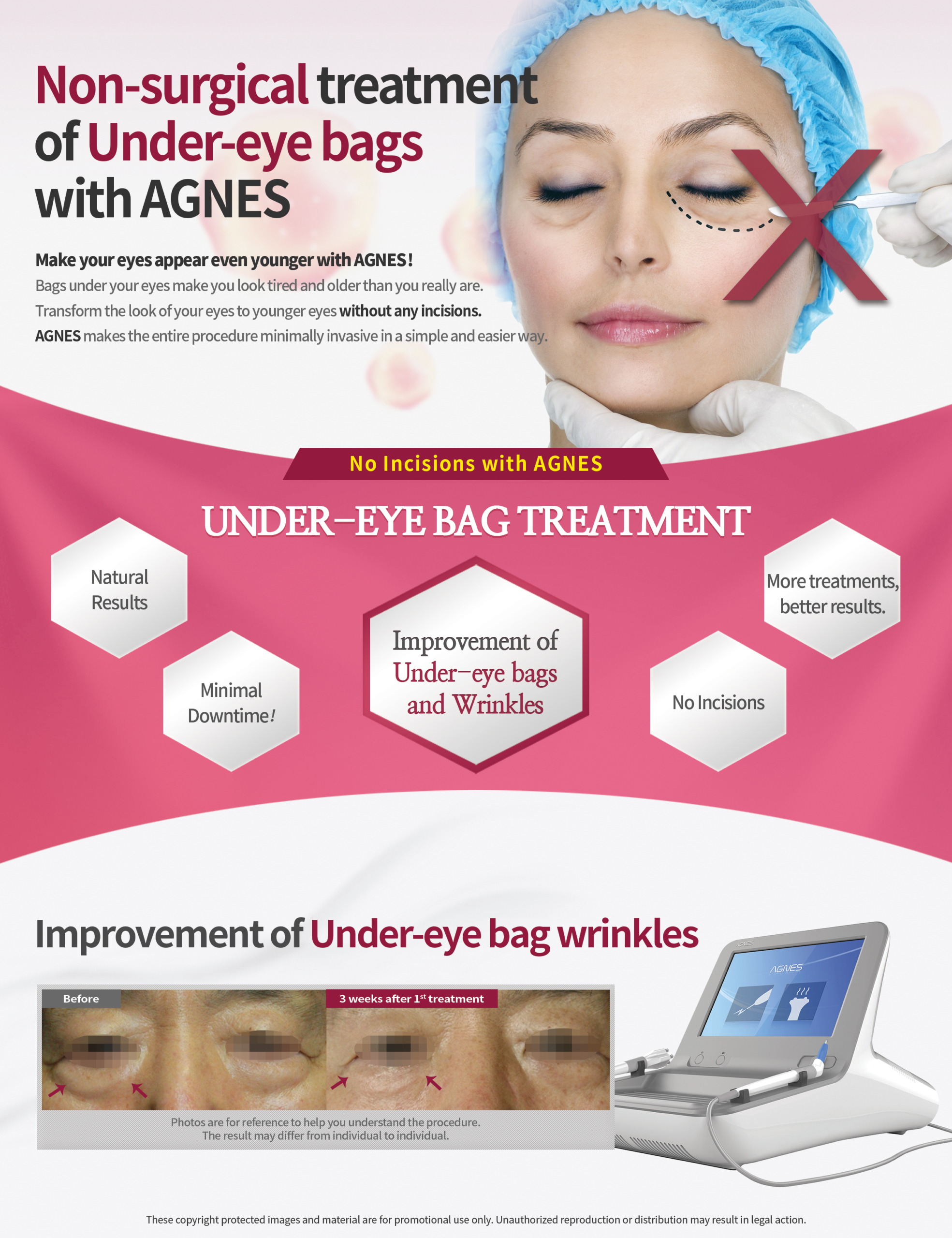
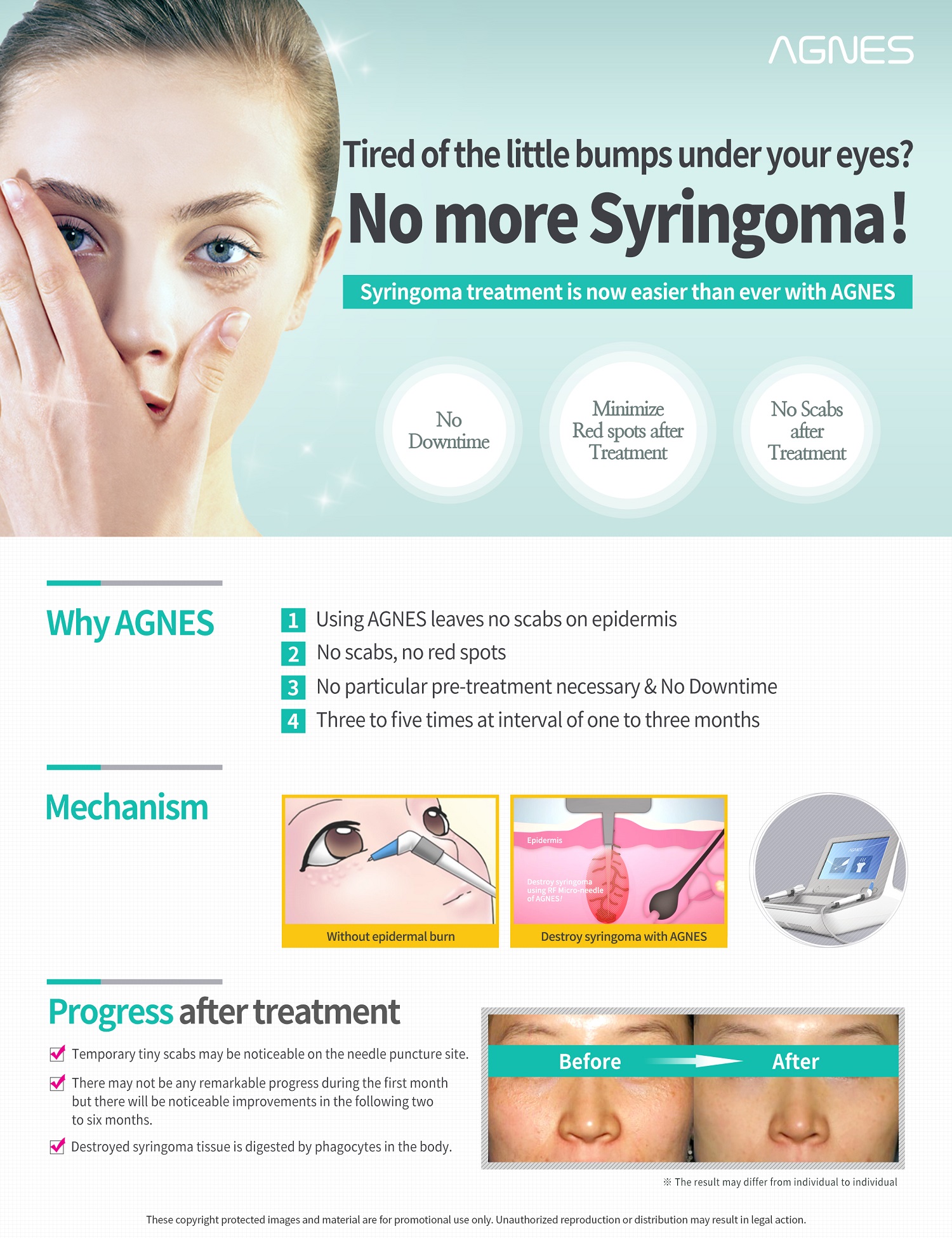

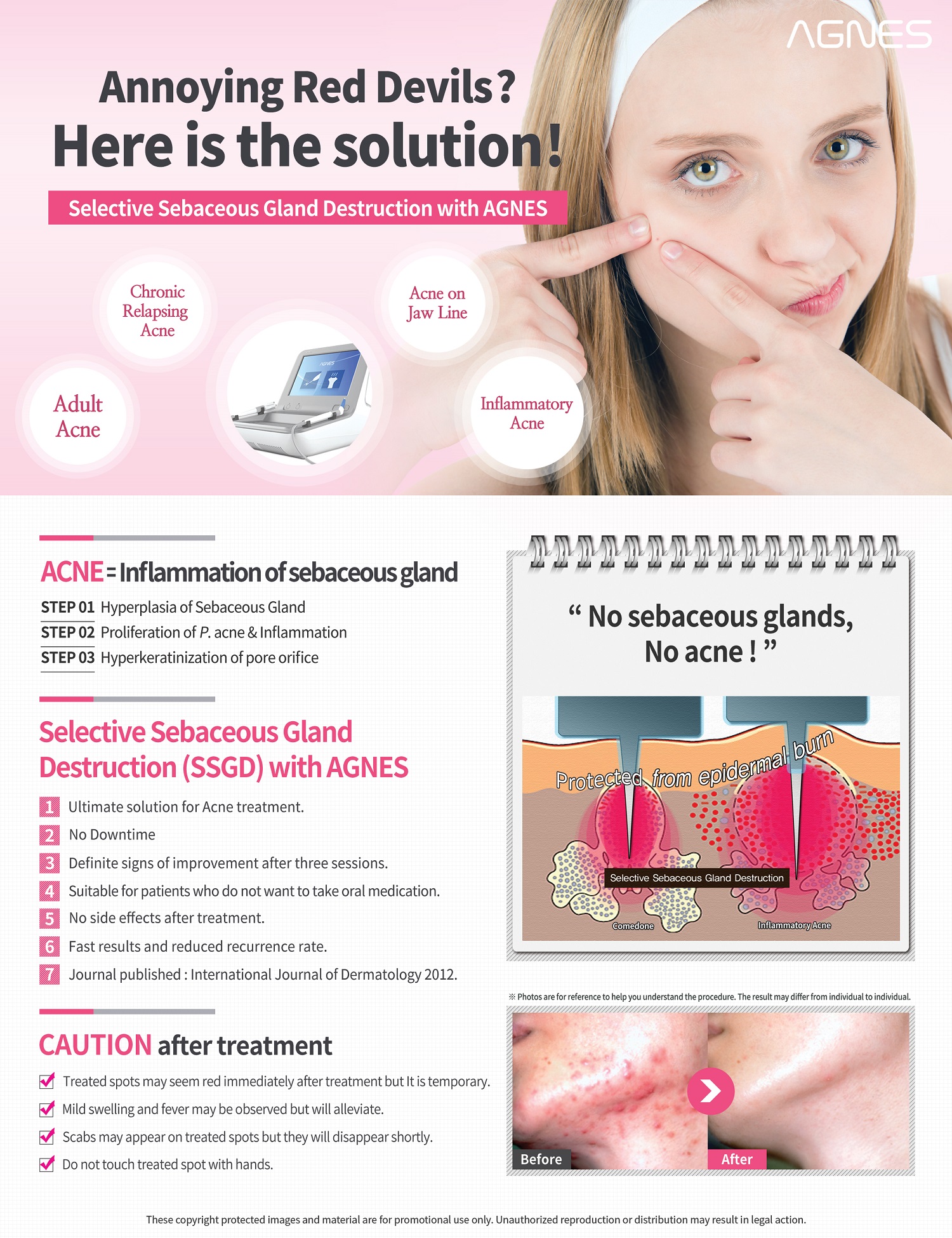
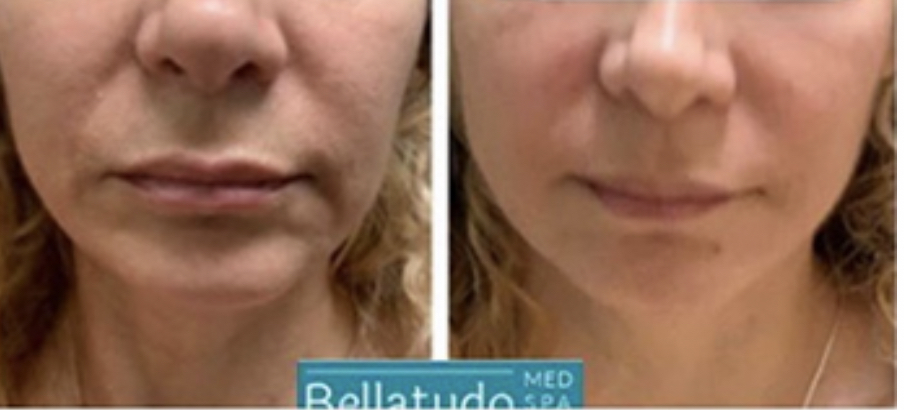
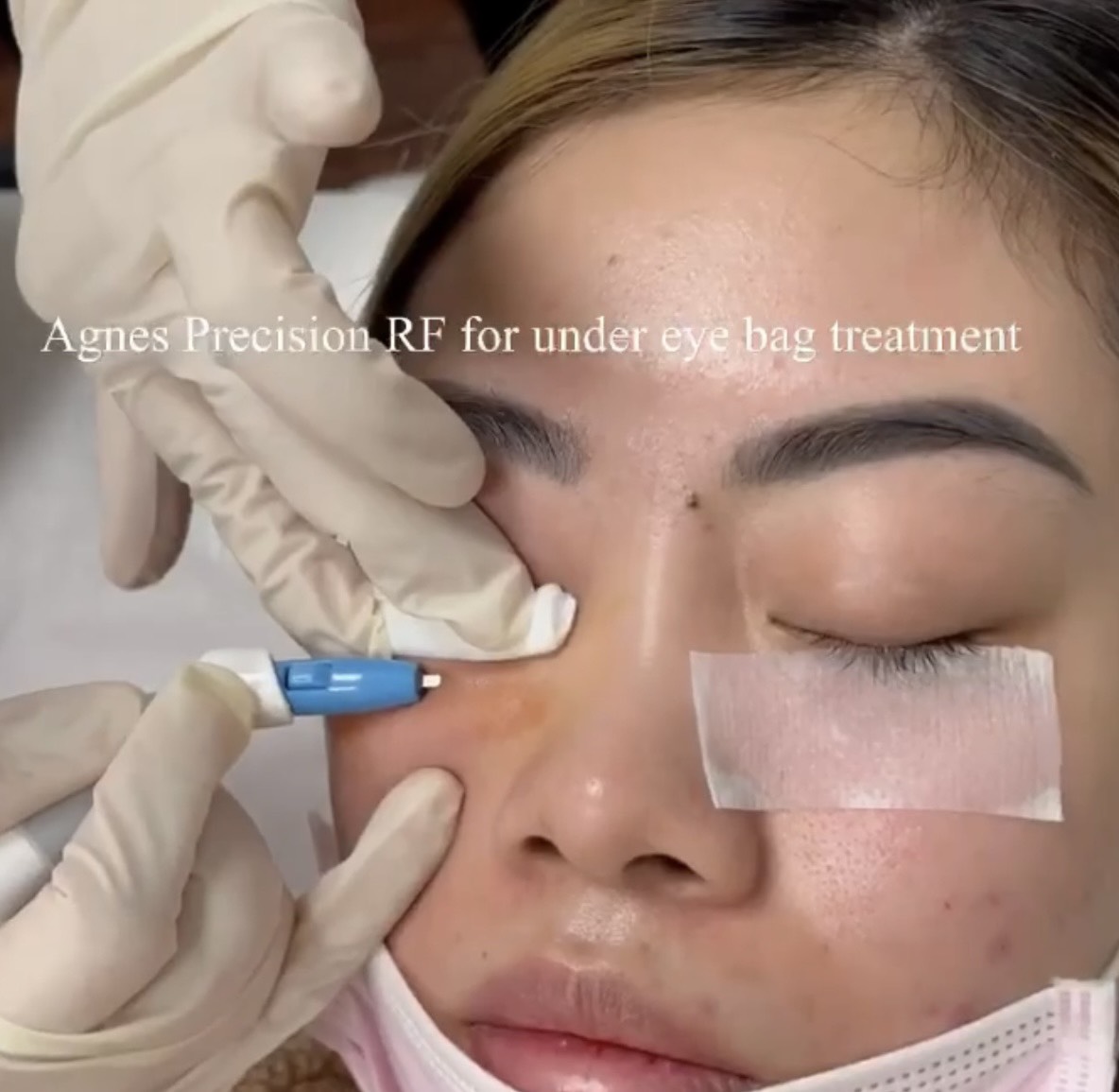

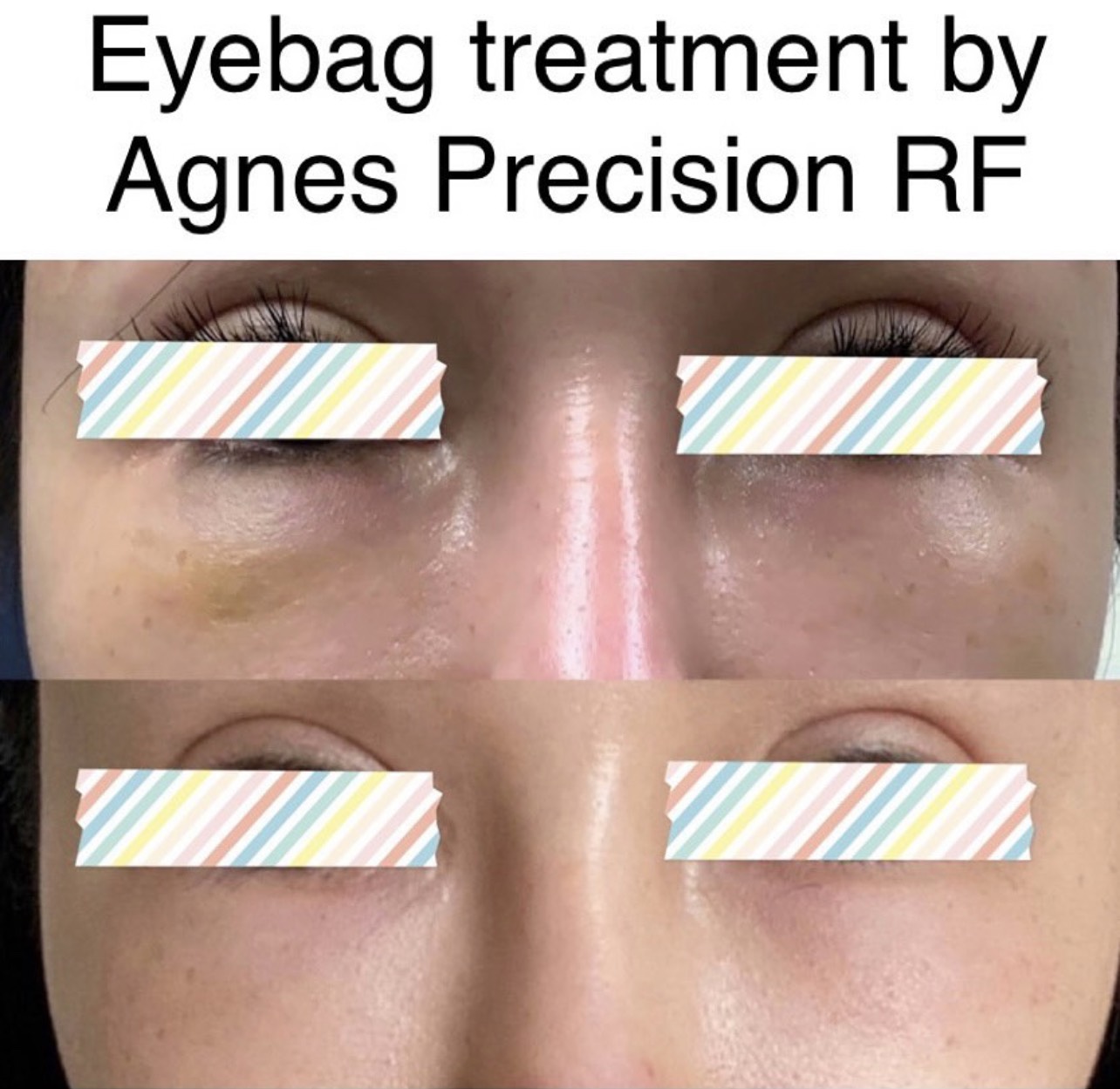
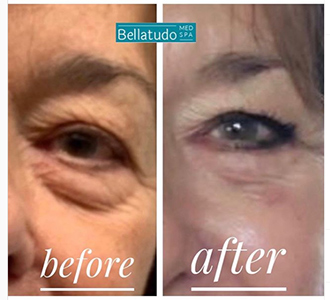
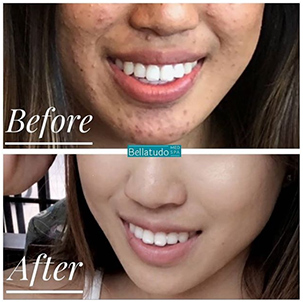
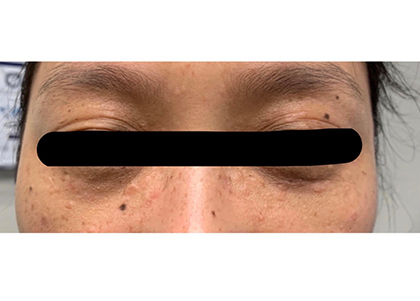
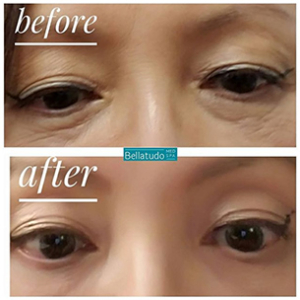
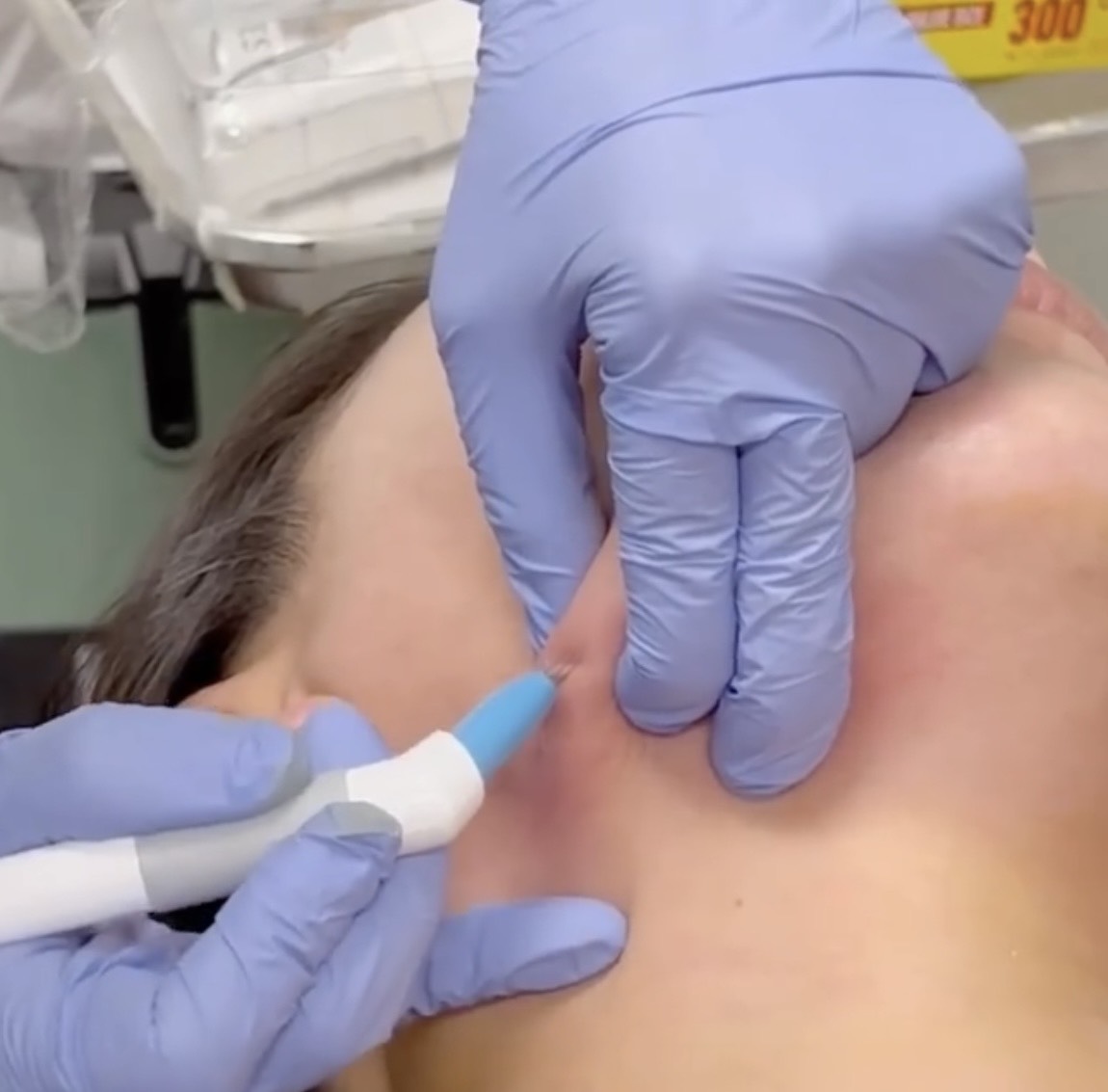
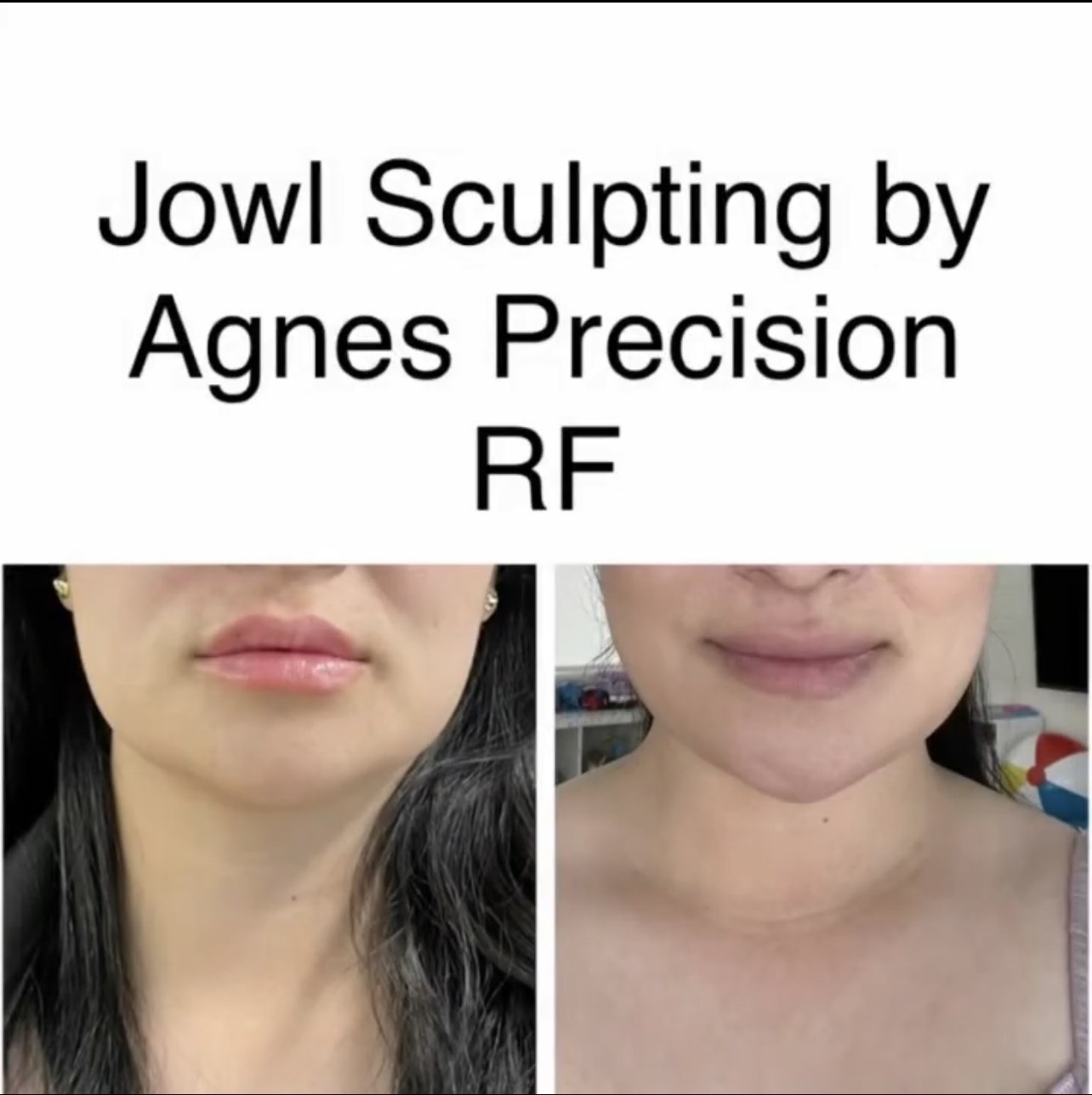
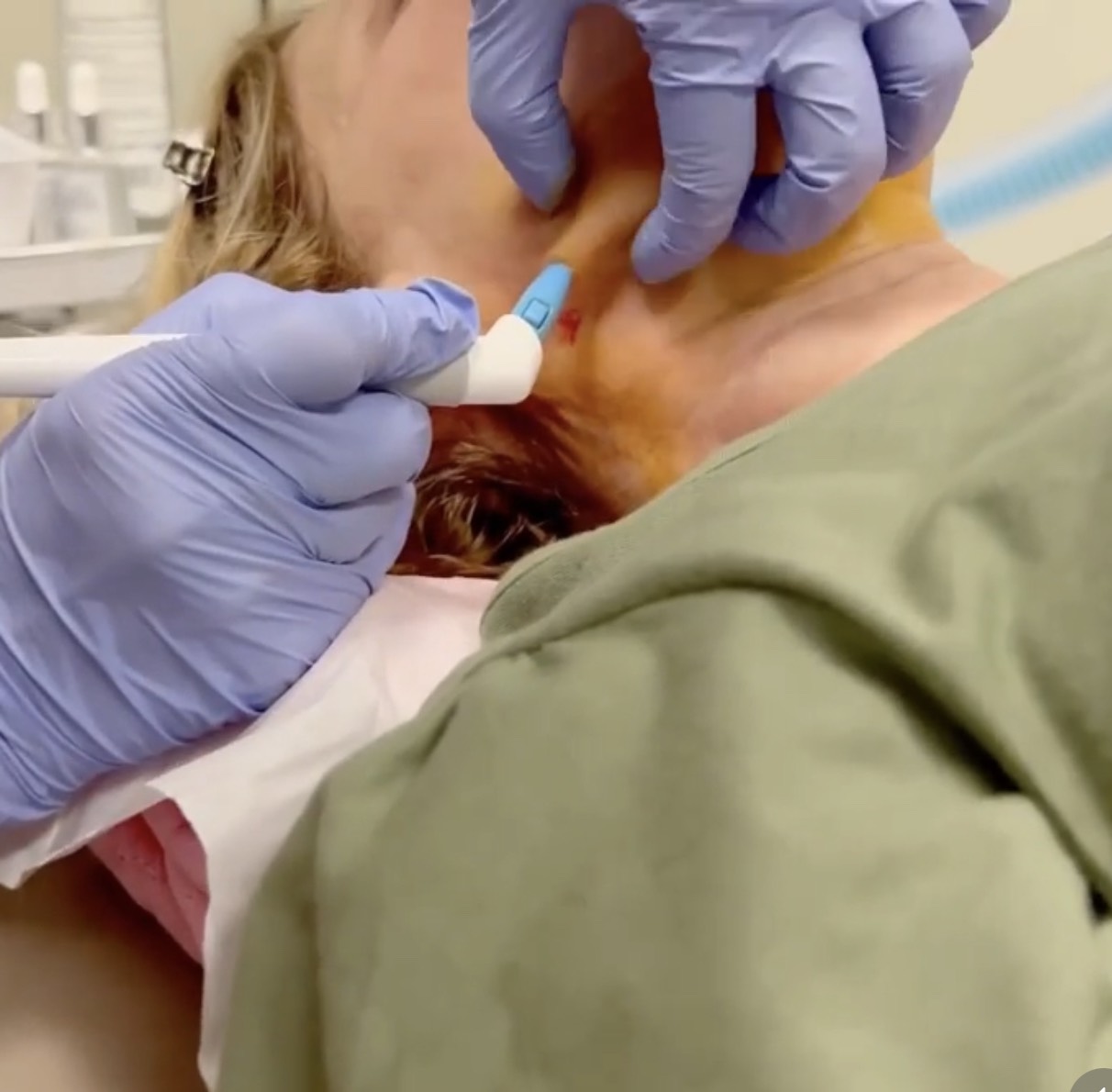
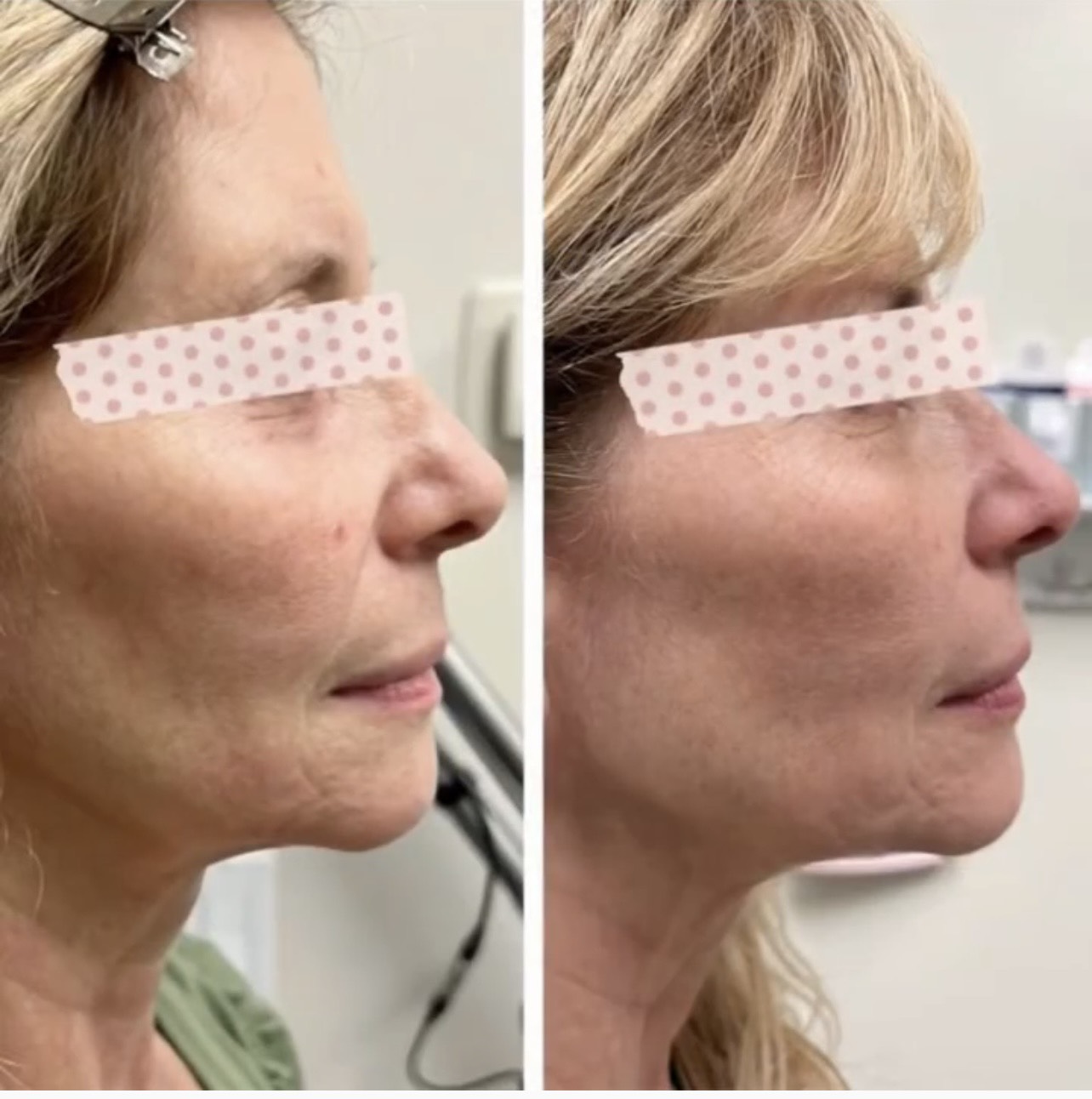
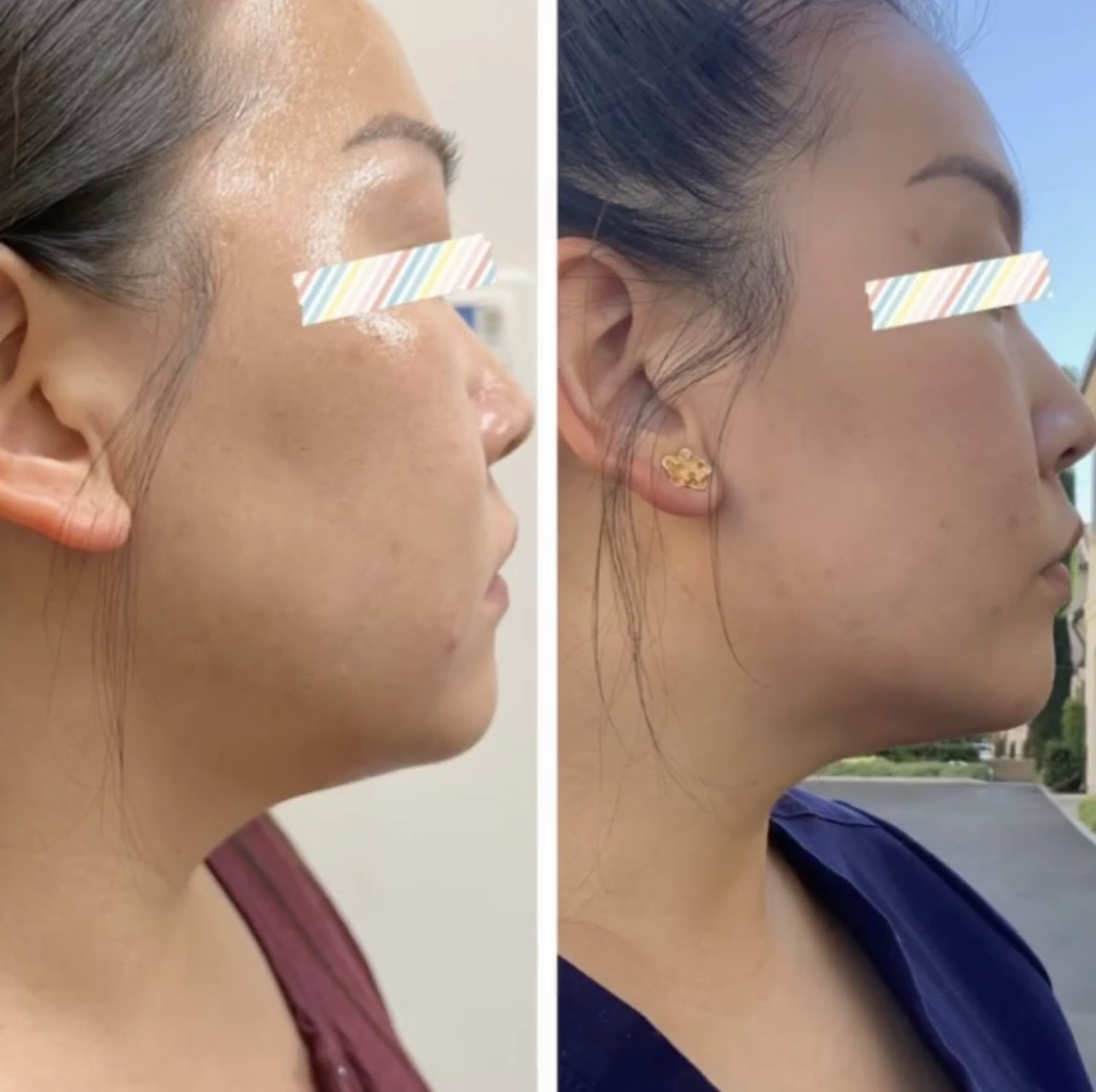

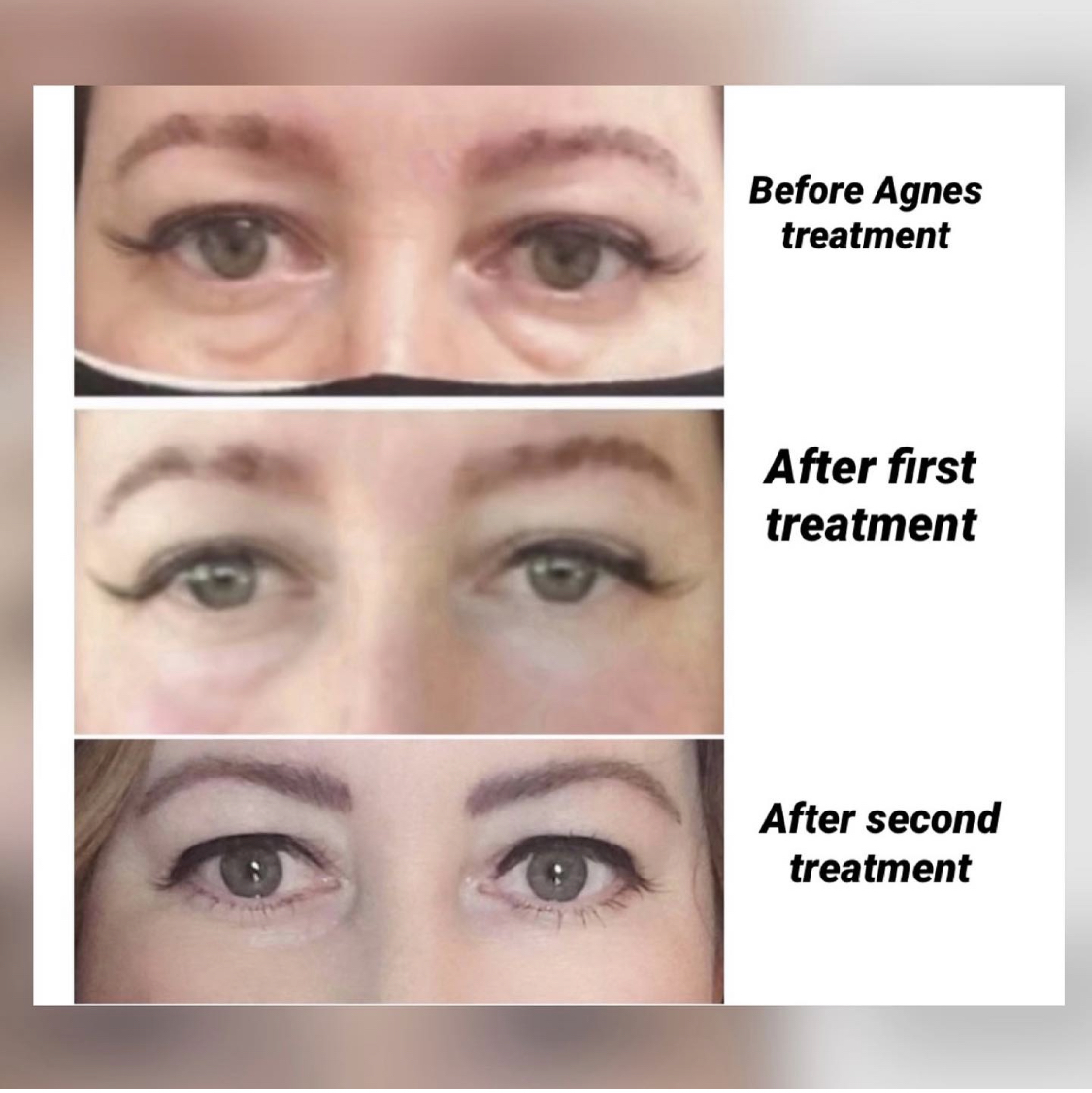 Agnes (Radiofrequency plus Microneedling) treatment for under eye bags
Agnes (Radiofrequency plus Microneedling) treatment for under eye bags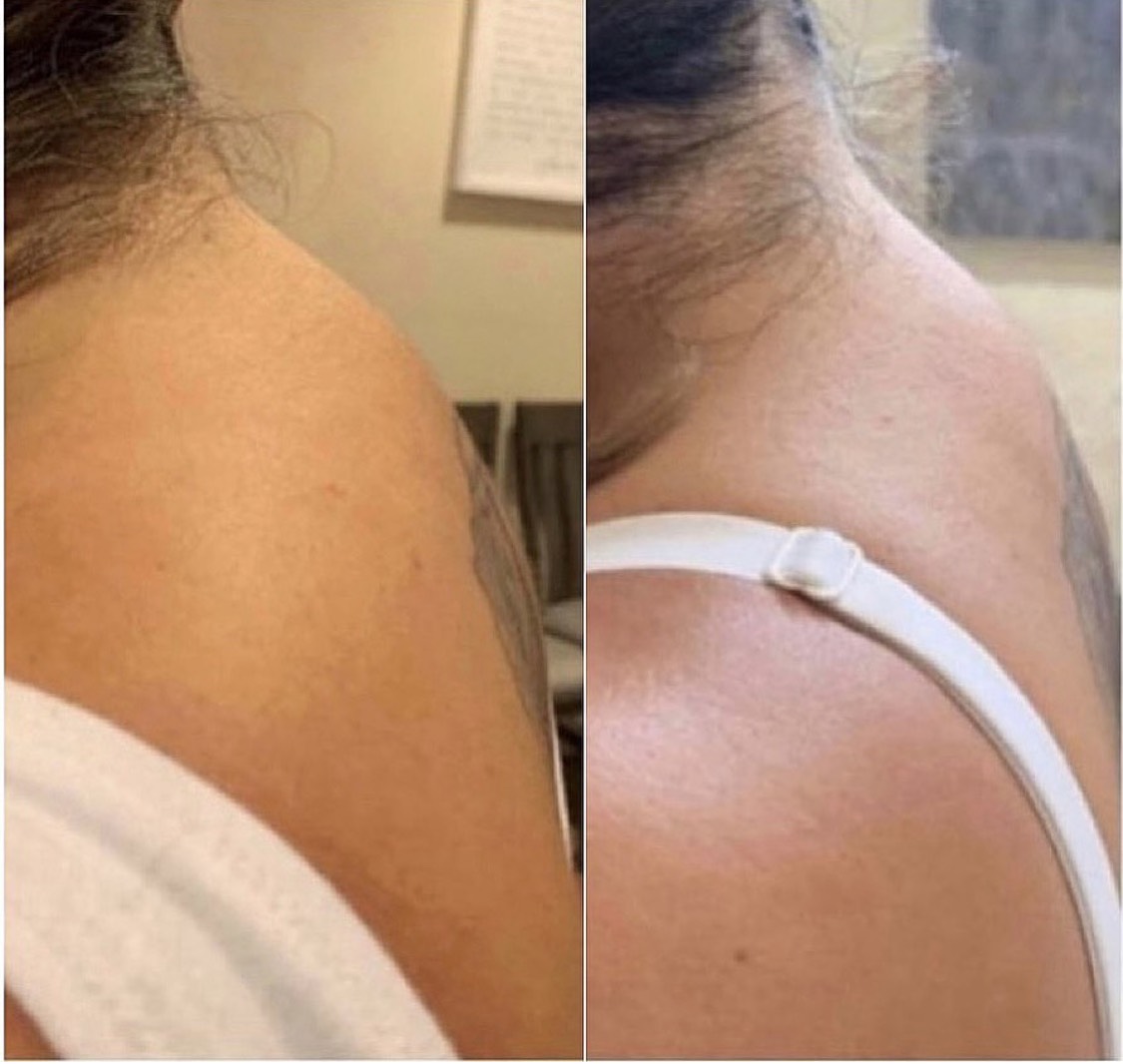 Agnes (Radiofrequency plus Microneedling) treatment for Buffalo hump
Agnes (Radiofrequency plus Microneedling) treatment for Buffalo hump